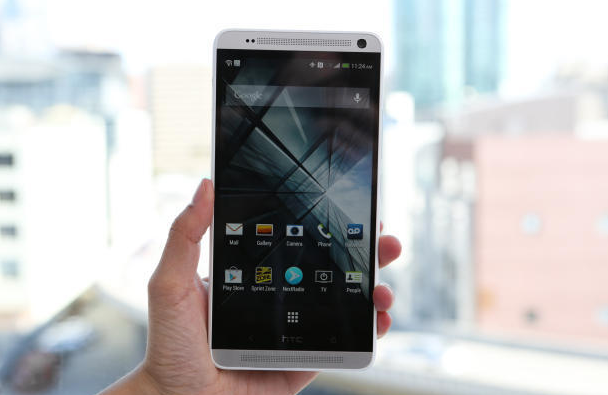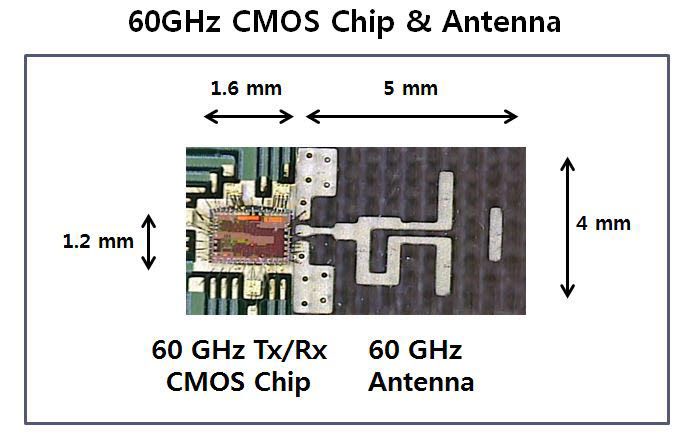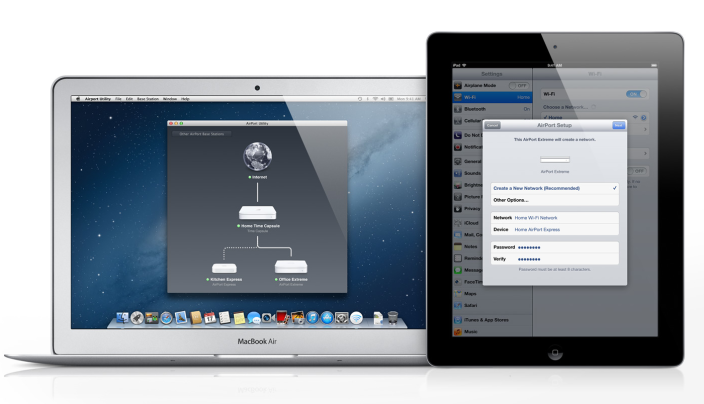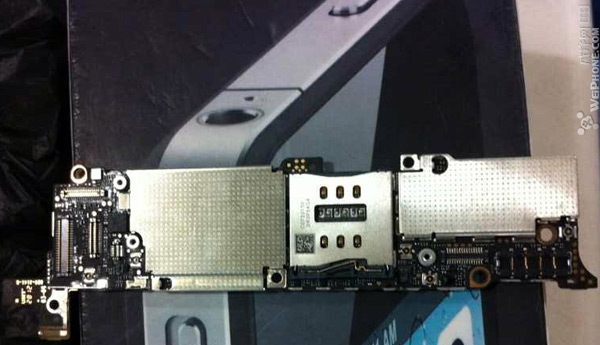Hands-Free Features
The biggest benefit of these wireless Bluetooth headphones is that you can carry on with your day without being weighed down by wires. You can also use the headphones to talk on the phone, as well as listen to music. There’s no need to untangle headphones or store any extra gear; everything you need is in one handy place. The headphones connect to your smartphone, and with the latest Bluetooth technology the data exchange is fast and reliable.
So let’s talk specs: the headphones have a battery life of up to 30 hours if you’re actively using them, but if they’re put in standby mode the battery lasts for a good 15 days. The maximum power is 20mW, with a frequency response of 20Hz to 20 KHz. Touch sensitivity of the headphones is 96dB share, and there’s an operating range of approximately ten metres. The headphones are equipped with a built-in microphone that lets you place and receive phone calls, but the primary purpose of these Bluetooth headphones is really listening to music.
Basic Controls
You can control the volume on your headphones or skip past songs you’re not in the mood for by clicking on the side of the headphones. Although there are some fancier models out there that are voice-controlled, you’ll pay a lot more for that privilege. One area where these headphones do excel is in the design. They’re packaged in a range of fun colours with a minimalistic design, which goes pretty well with anyone’s wardrobe and sense of style. Some headphones can be clunky, but the hi-Edo are fairly chic. You can choose from a wide range of different colour combinations, including white and gray, black and gray, black and pink, white and red, and black and green among others.
While style isn’t such an important feature to me personally, I do have to say that the headphones were nice and lightweight which made me forget that I was wearing them at times. They were easy to control with the buttons on the side of the right earphone. There’s nothing complicated here about these headphones, but everything worked. The price point for these gadgets is also lower than what you’d pay for new Apple or Bose wireless headphones, so if you’re looking for an affordable gift they can be a good option.









